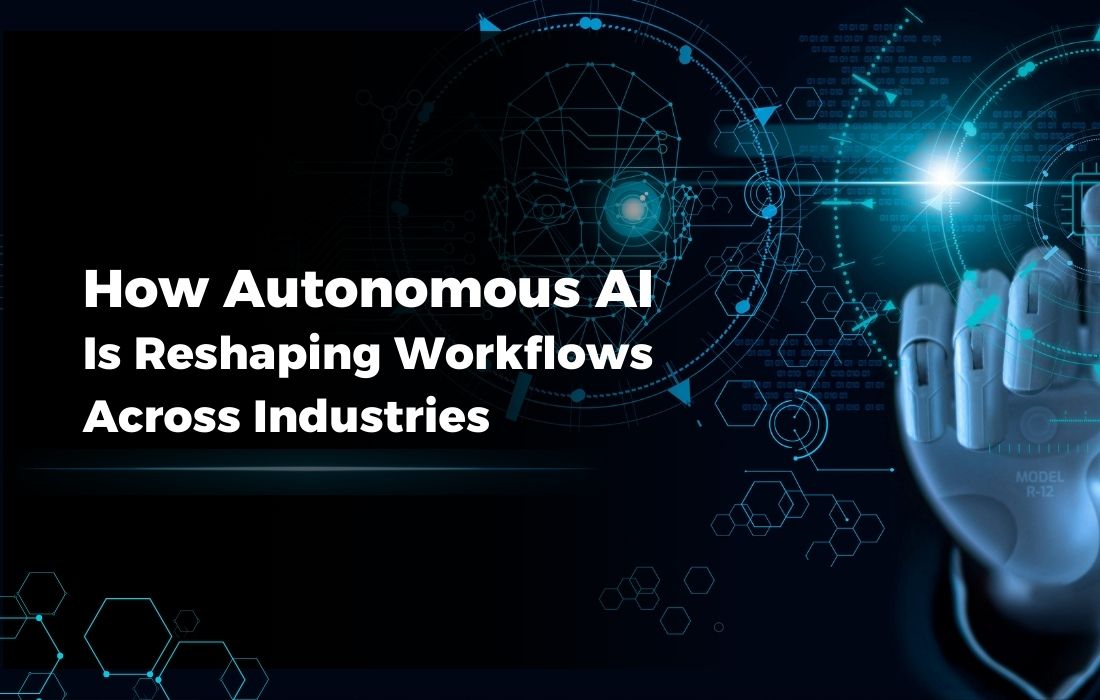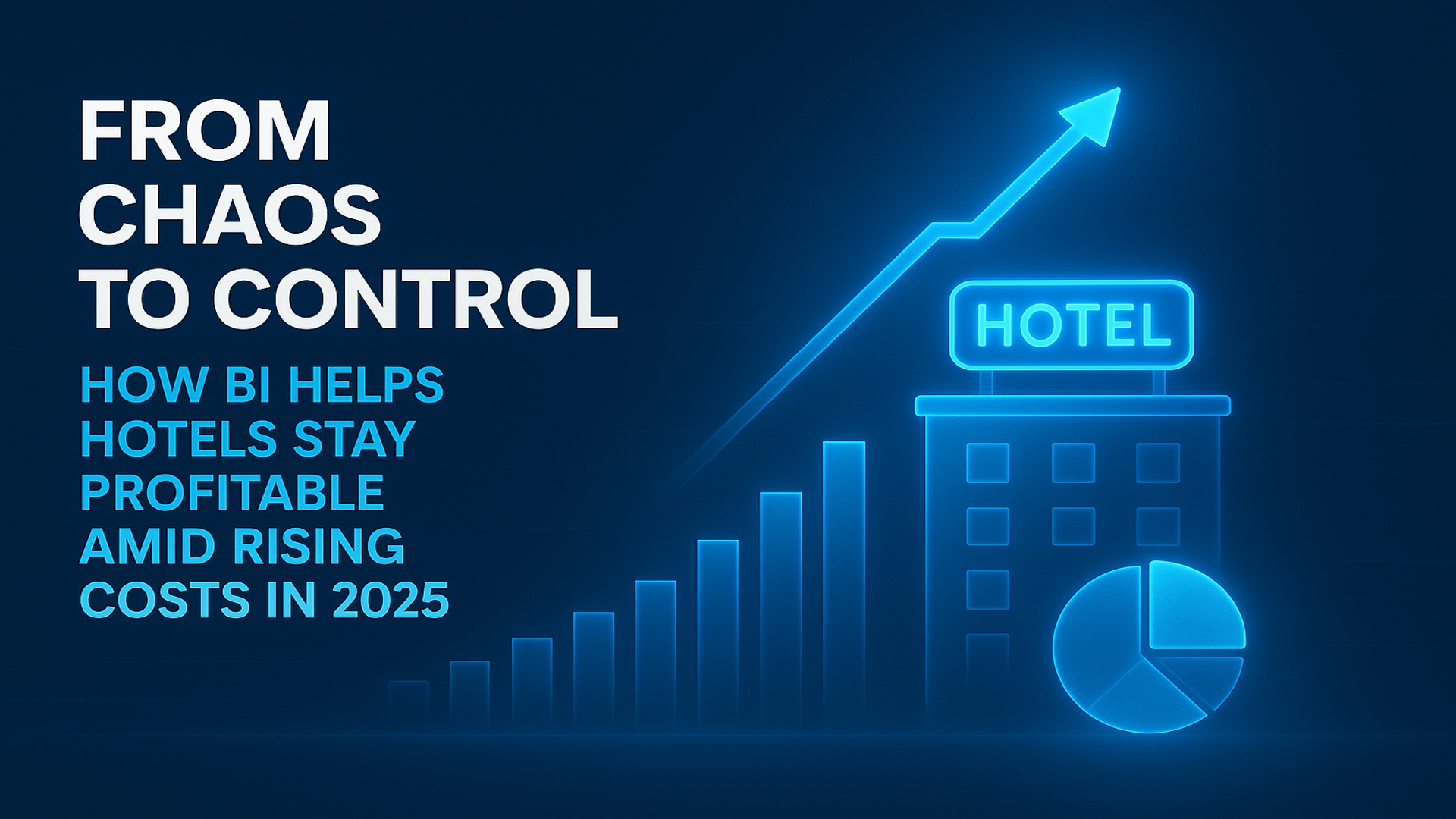In a world where speed, efficiency, and adaptability define success, autonomous AI is becoming the game-changing force behind the scenes. From manufacturing floors to financial trading desks, next-gen intelligent solution are no longer just tools—they’re intelligent collaborators transforming how work gets done.
Let’s explore how autonomous AI is streamlining workflows, unlocking new capabilities, and setting the stage for the future of work across a variety of industries.
Manufacturing: From Assembly Lines to Smart Factories
In manufacturing, intelligent systems has revolutionized production lines through intelligent robotics and predictive analytics. These systems can detect equipment failures before they happen, optimize supply chain logistics in real time, and even adjust manufacturing parameters autonomously based on demand and quality feedback.
Example: Siemens and Bosch are using AI-enabled platform that self-correct during production, reducing waste and downtime while improving product consistency.
Healthcare: Smarter Diagnostics and Streamlined Administration
Cybersecurity threats are evolving at an alarming rate, making traditional security measures insufficient. AI enhances IT security by detecting, preventing, and responding to threats more effectively.
- Threat Detection and Response: AI-powered tools analyze vast amounts of data to identify anomalies and flag potential security breaches in real-time.
- Behavioral Analysis: AI monitors user activity and detects suspicious behavior that might indicate a cyberattack.
- Automated Incident Response: AI reduces response times by instantly taking preventive measures against detected threats.
Retail: Personalized Shopping at Scale
Retailers are leveraging autonomous AI to personalize customer experiences, manage inventory, and even automate restocking. From chatbots to smart shelves, autonomous system is enhancing both the front-end customer experience and the backend logistics.
Example: AI at Amazon predicts what customers want before they even order—automating everything from recommendations to warehouse distribution.
Logistics and Transportation: Autonomous Vehicles and Route Optimization
Autonomous AI is powering self-driving trucks, drones, and delivery bots that are reshaping logistics. Beyond the vehicles themselves, autonomous system optimize delivery routes, warehouse layouts, and fleet management.
Example: UPS and FedEx use autonomous route-planning systems that factor in traffic, weather, and package urgency to improve delivery efficiency.
Creative Industries: From Inspiration to Execution
Even the creative world is feeling the impact. AI tools now assist in generating marketing copy, designing logos, editing videos, and even composing music. While the human touch remains essential, autonomous AI helps speed up ideation and iteration.
Example: Ad agencies are using generative AI to brainstorm campaign ideas, A/B test content autonomously, and optimize messaging across platforms.
Final Thoughts: Collaboration Over Replacement
Autonomous AI isn’t about replacing humans—it’s about empowering them. By taking over routine or data-heavy tasks, аutonomous system frees up professionals to focus on strategy, creativity, and innovation.
As the technology matures, industries that embrace it early will likely be the ones to lead the next era of productivity and transformation. The future of work isn’t just about working harder—it’s about working smarter, with autonomous systems as a partner in progress.





